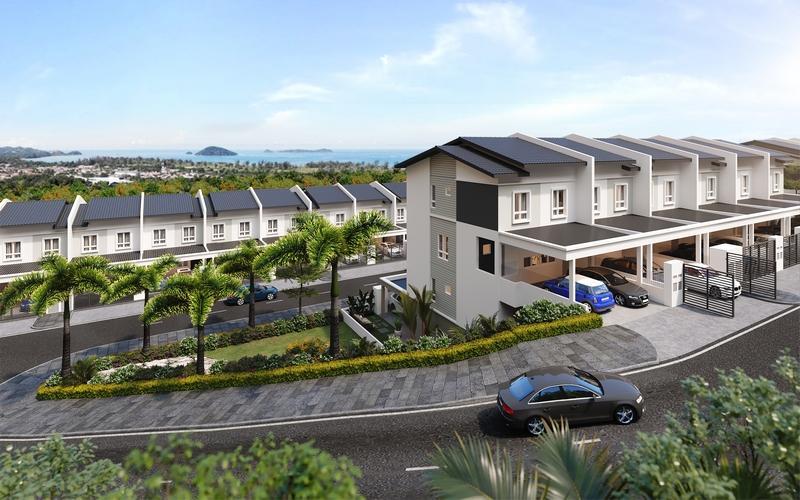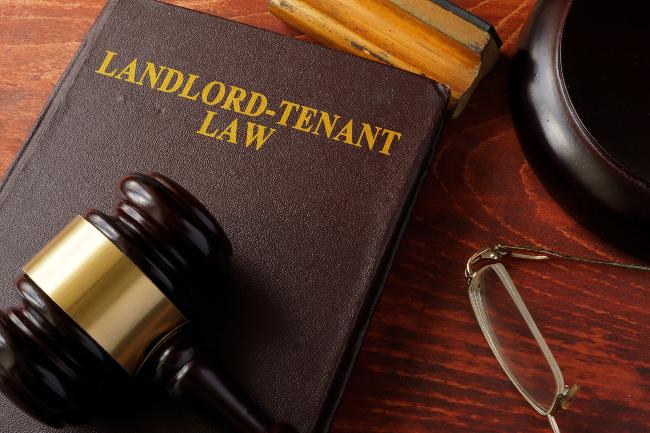In 2018, the High Court decision in the case of Muhamad Nazri Bin Muhamad v JMB Menara Rajawali and Denflow Sdn Bhd allowed different rates to be used during the JMB period so long as they were approved at the Annual General Meeting (AGM).
On 4th October 2019, the Court of Appeal unanimously overturned this decision (read Maintenance charges for stratified mixed development projects: Part 1 and Part 2).
Dominant groups and en bloc owners no longer hold the power of using their larger share unit votes to pass these rates at the AGM.
On 12th September 2019, I gave a talk at the Rehda Strata Planning and Management event on this issue and the potential abuses that can occur in developments without Sub Management Committees (SMC) to take charge of the common properties for the exclusive benefit of the respective component (Exclusive Common Property) owners and enable them to determine their own rates.
A chain of events over the past few years culminated in a disastrous AGM held earlier this year at a mixed development where I have an office unit (read Big fish and ikan bilis: A day at the AGM of a mixed development).
Behind the scenes, a small group of leaders spent many hours over the years working on this issue. The decision to participate in this court case had been long considered.
The Judgement
The Court of Appeal took the view that the JMB is required to determine and fix only a single rate of maintenance charges applied for all types of parcels in allocated share units.
The main considerations were on the weightage factors, sections 21 and 25 of the SMA, and that neither Strata Management Act (SMA) nor Strata Titles Act (STA) empowers JMC to decide on the rates.
I understand that this ruling applies to all strata mixed developments governed by the SMA 2013 – meaning developments located in Peninsular Malaysia and the Federal Territory of Labuan – unless the Federal Court overturns this decision or legislation changes in the future.
Impact on a mixed development
The reversal of the usage of different rates to a single rate for the mixed development where I have a vested interest would no doubt be met with complaints from those managing their own exclusive common properties (ECPs) such as the car park, en bloc office tower owners, and those components having fewer ECPs.
The owners of the multi-storey shop-offices would be most affected as they are currently incurring the lowest rate of maintenance charges at RM1 per share unit after the revision at the AGM this June – due to the rebate of surplus funds.
While these owners are disappointed, the ones paying the highest rates are joyous – as evidenced by the thunderous applause that erupted when the decision was announced.
Under the STA (amended in 2013) and the SMA 2013, after the Management Corporations (MCs) are formed, ECPs are to be defined as Limited Common Property (LCP).
ECPs are not statutorily provided for by legislation during the JMB period. It was a placeholder term created during our first Annual General Meeting when the JMB was formed.
Common properties that all component owners and the public can use were termed Shared Common Property (SCP) by our management. Under the SMA, SCPs are called Common Property.
Splitting Hairs
Under the different rate model in our mixed development, the common areas and facilities of the retail components are categorised under Shared Common Property (SCP) and the costs to maintain them are borne by all component owners regardless of whether they use them.
They are accessible to all owners and the public. As there is no exclusivity to the retail owners, my management chose not to classify them as ECPs.
In a fully operational retail component, such as a shopping centre, the maintenance costs for these can be substantial if there is heavy usage from the public.
Ideally, these costs should be borne by the retail owners only, as those who use the space are their customers.
Some retail owners have protested that it is unfair to use a single rate for maintenance charges as they would need to contribute towards the costs of maintaining the ECPs of the other components. A typical example would be the gym, sauna, and swimming pool in an apartment.
Under the one-rate model, the expenses to maintain all SCPs and ECPs, including the ECPs for self-managed components, are combined and divided by the total number of share units in the development.
The “Pay for what you use” mentality can lead to endless bickering on the allocation of expenses and management of resources and requires both a skilled property manager and a fair Joint Management Committee (JMC) to ensure that there is no impropriety.
One school of thought is to “give and take” as a mixed development is meant to be integrated as one – with the various components complementing each other, instead of creating camps to protect respective interests.
Is the problem solved?
The controversy will continue as long as there is dissatisfaction among groups in some mixed developments.
Supporters of the usage of different rates have claimed that this decision would cause many problems.
To my knowledge, there are many mixed developments that are using one rate with the understanding that different rates can only be used when Subsidiary Management Corporations exist after the Management Corporation is formed. As this case could proceed to the Federal Court, the future is uncertain.
Where there are distinctly variable components in mixed developments such as shopping malls, low-cost flats, high-end hotels, and serviced residences, depending on the mix, it could be more expensive for lower-end component owners to agree to one rate.
The need to assist low-cost owners
If the development is on the same rate model as ours, using different rates, the low-cost component owners would still be required to contribute towards the maintenance costs of the shared common areas and facilities of retail components that are open to the public as well. They would not need to pay for the ECPs of the other components.
However, consideration should be given to low-cost owners so that they do not end up paying higher charges if a single rate is used.
The authorities would need to work out solutions to help them not just during the JMB but during the developer-managed and MC periods as well.
The Road Ahead
In light of the Court of Appeal decision in the case of Muhamad Nazri Bin Muhamad v JMB Menara Rajawali and Denflow Sdn Bhd, I understand from the authorities that different rates are also not allowed during the developer’s period, nor are they allowed during the MC period without Sub MCs. It is better to have this consistency.
I believe the Court of Appeal has made a good decision. At the end of my presentation during the Rehda event, I concluded that it is not the best practice to use different rates for maintenance charges during the JMB period unless there can be measures in place that do not force owners to seek legal recourse.
During the second panel discussion, where I was on the panel, it was mentioned that proposals have been submitted for the amendment of the SMA for Sub MCs to be automatically created when MCs are formed.
For mixed developments that need to use different rates from the JMB period, the legislation would need to be amended to provide for Subsidiary Joint Management Bodies (Sub JMBs).
I understand that the National House Buyers Association has submitted proposals for the amendment of the SMA to include the formation of Sub JMBs.
Currently, in Malaysia, only one mixed development (One Mont Kiara) has this two-tier management.
Due to the stringent requirements set by legislation, it can be a costly and lengthy process.
The automatic creation of Sub MCs would be practical and hopefully the same can be done for the proposed Sub JMBs.
Under the STA (as amended in 2013), amendments to the subdivision procedures have enabled strata titles to be issued before the delivery of vacant possession.
This would do away with the need for JMBs and expedite the usage of different rates, where needed, through the formation of Sub MCs after the MC is formed.

_PH_Banner_(Desktop)(1200x180px).png)
.jpeg)






.jpg)
.jpg)
.png)


.jpeg)
